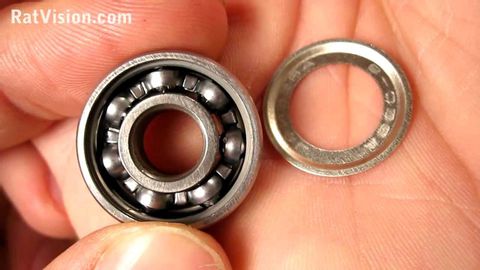
Subtitles & vocabulary
Take Off Skateboard & Longboard Bearing Shields/Seals
00
田立瑋 posted on 2013/09/22Save
Video vocabulary
clean
US /klin/
・
UK /kli:n/
- Adverb
- Completely; entirely
- Adjective
- Not marked in any way; blank
- Done according to the rules or standards; fair
A1
More subject
US /ˈsʌbdʒekt/
・
UK /'sʌbdʒɪkt/
- Noun (Countable/Uncountable)
- The person, thing, or idea that is being discussed, described, or studied.
- The person or thing that does the action of a verb
- Transitive Verb
- To cause to suffer or experience something
A1TOEIC
More place
US /ples/
・
UK /pleɪs/
- Transitive Verb
- To put someone in a particular type of situation
- To put something in a certain location or position
- Noun (Countable/Uncountable)
- Particular location, area or region
- A position in a sequence or structure.
A1TOEIC
More Use Energy
Unlock All Vocabulary
Unlock pronunciation, explanations, and filters
